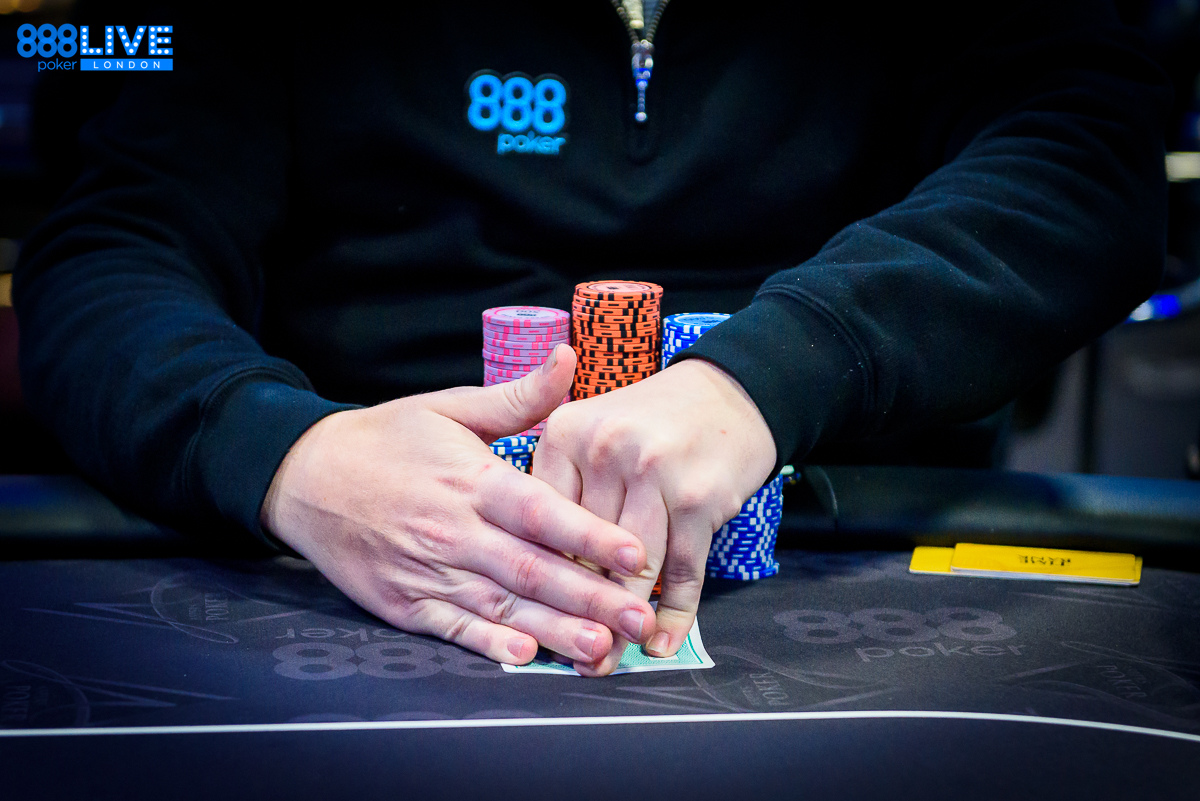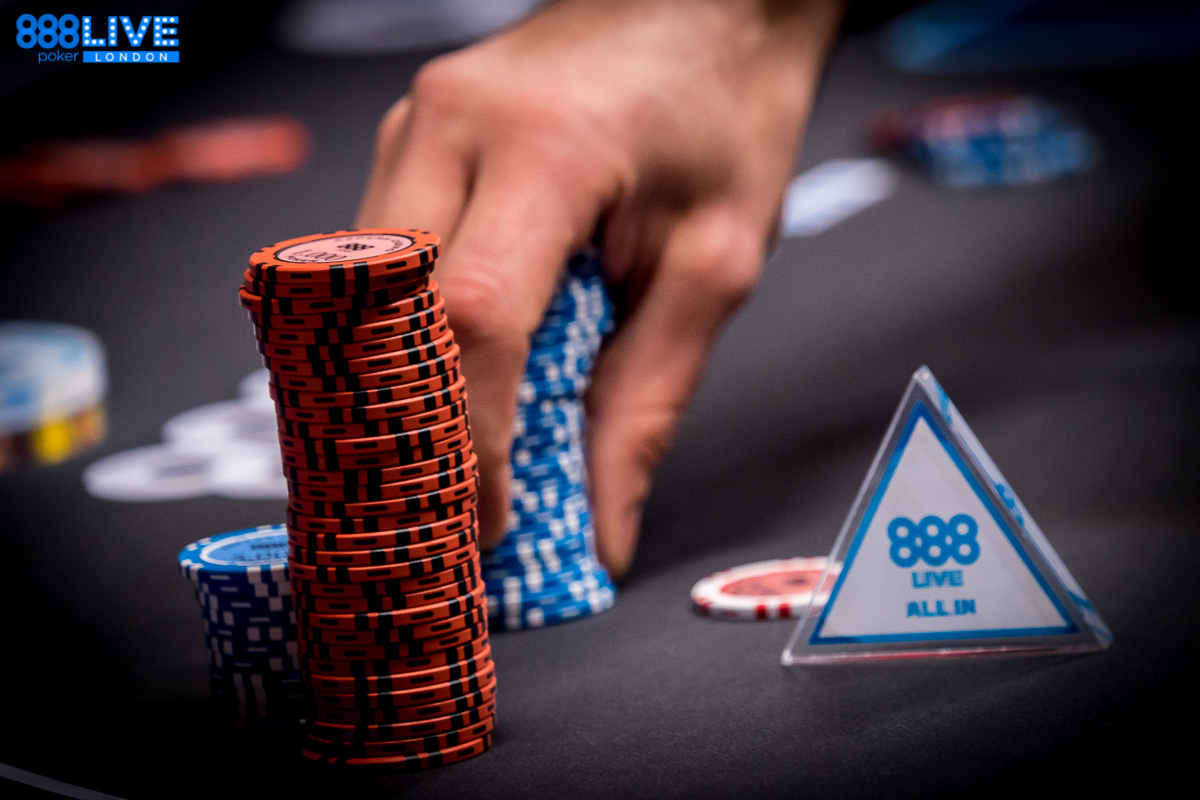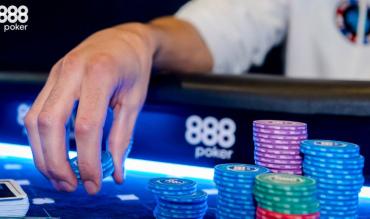There is a significant upgrade waiting for most players. It’s the moment they realise that thinking in a formational manner about their decisions can significantly impact winrate.
But what exactly is formation in poker, and why is it so essential for achieving the highest winrate?
After this short guide on formational analysis, you’ll hopefully have an additional tool in your arsenal.
What is Formation in Poker?
Formation is a slightly more recent poker term that is closely related to the concept of position.
While position is often thought of as something we either have or don’t have, formation refers to the specific seats of Hero and Villain during a poker hand.
“BTN vs CO formation” refers to a scenario where we are on the button, and our opponent is in the CO.

Formation is also more broadly associated with phrases such as “late position formation” and “early position formation.”
- Late position formation – Both Villain and Hero are in the CO or later.
- Early position formation – Either Villain or Hero is in the hijack or earlier.
Thinking in terms of formation can offer several advantages over simply considering whether we are in or out of position, which is overly general.
Overgeneralisation of Strategy
The average poker player tends to think about poker scenarios without considering the formation.
As an example, poker players might ask, “How frequently should I cbet in a 3bet Texas Hold’em pot?”.
While this question is reasonable, it should ideally be broken down further. Cbetting strategies differ depending on whether we are in position or out of position.
More advanced players will have at least two different strategies in mind to help them deal with this.
This thinking is where it often ends, however – nothing is broken down any further.
A positional approach is still overly general, as the following examples will demonstrate.
Impact of Formation – 3bet Pot Cbet Frequencies
|
Formation |
Cbet Frequency in 3bet Pot |
|
BB vs SB |
62% |
|
BTN vs CO |
82% |
|
Hijack vs Lojack |
84% |
|
BB vs BTN |
63% |
|
SB vs BTN |
71% |
|
SB vs Lojack |
78% |
Let’s consider GTO correct cbet frequencies broken down by a range of formations.
Notice the gap that exists between the hijack vs lojack formation and the BB vs SB formation.
Both scenarios are in position, which means the average player may use the same strategy for both scenarios.
According to theory, though, we should cbet more aggressively hijack vs lojack (84%) than the BB vs SB formation (63%).
Are we getting the best of it by using the same strategy in both formations? It seems unlikely.
Impact of Formation – Overbet Frequencies
Let’s consider a second example of the impact of formation on strategy.
|
Formation |
Overbet Frequency on AJ4r |
|
BTN vs BB |
30% |
|
CO vs BB |
19% |
|
HJ vs BB |
2% |
|
LJ vs BB |
0.5% |
|
BTN vs SB |
9% |
|
LJ vs SB |
1% |
The following table shows how often we should overbet the flop on a poker board as the aggressor in a single-raised heads-up pot.
Many players might follow the same overbetting strategy regardless of formation. In reality, many players don’t overbet the flop, period.
Formation has a huge impact on whether it is correct to overbet and how frequently we should do so.
Following the same strategy regardless of formation will likely not have the best possible results.
Impact of Formation – Bluffcatching
Data analysis has proven that most opponents are more likely to bluff the river when they are out of position. This helpful information allows us to bluffcatch wider when we are in position.
Formational analysis allows us to take things one step further and continue to improve the accuracy of our bluffcatching strategies.
Data analysis reveals that our opponents are more likely to be bluffing the river in a late position formation than an early one.

The reason is simply that players have more air in the ranges in late-position battles. Large amounts of air translate into higher river bluffing frequencies for most players.
Conversely, players have stronger, more showdown-oriented ranges when involved in an early position battle. Even if they were to always bluff their air poker combos on the river, they simply don’t have as much air as they would have in a late position formation.
Taking a positional and formational approach to bluffcatching strategies allows us to bluffcatch more accurately.
Impact of Formation – Bluffing
Once again, data analysis has proven that our bluffs are more likely to succeed when our opponent is out of position.
Formational analysis further increases the accuracy by understanding that most opponents will fold more frequently against bets in a late-position battle.
- As discussed, players have more air in their ranges in late-position formations. This information translates into higher folding frequencies.
- Conversely, early position players with showdown-oriented ranges are less likely to fold against aggression.

It’s worth remembering that folding frequencies won’t necessarily be hugely different (often less than 10% absolute difference depending on formation).
However, this can make a significant difference when combined with other variables such as board texture and opponent type.
Upgrading Strategy with Formation Analysis
We’ve seen that our precise formation could have a considerable impact on the correct strategy, yet many players completely ignore formation when playing poker.
A simple starting point is to dig deeper when creating strategies. Rather than be ok with generalisations, why not adjust strategies based on formation?
This adjustment doesn’t need to be a huge overhaul. We don’t need precise strategies for every formation, since this won’t be realistic. Besides, many of the same principles will apply regardless of the formation.
However, a simple understanding of how to tweak strategies based on formation can go a long way in making us stronger poker players with reduced poker variance and significantly higher winrate.


